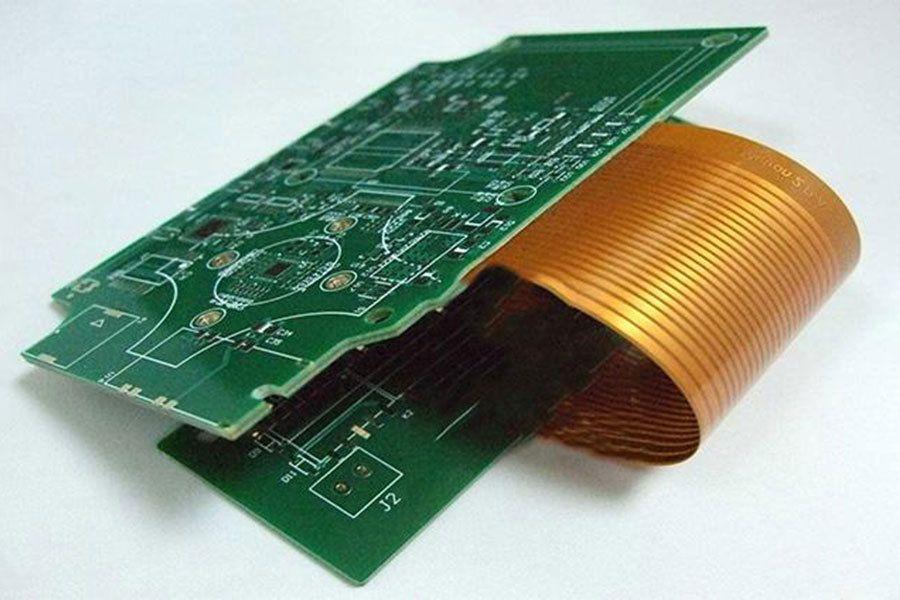
What is a flexible printed circuit board(PCB)?
A flexible printed circuit board generally has a polyimide as a substrate and a printed circuit in which a copper foil is attached as a conductor on its surface, and has excellent electrical characteristics.
Compared to conventional PCBs, flexible printed circuit boards have extremely high flexibility, making them naturally suitable for circuit interconnection in three-dimensional space.
Under the premise of high reliability, flexible printed circuit boards can save a large number of installation controls, making electronic devices lighter, thinner and shorter, with good heat dissipation and easy installation. In the development of thinner and smarter devices, the demand for flexible printed circuit boards is increasing due to the strong push from markets such as mobile phones, tablets, and smart hardware.
In addition, in high-end electronics such as aerospace and medical electronics, the demand for flexible boards for circuit boards is also growing.
The flexible printed circuit board is mainly composed of the following parts:
- The first is a copper foil substrate. The common material structure is copper foil plus core layer.
- Copper foil: divided into electrolytic copper and rolled copper.
- Core layer: Commonly known as polyimide (PI).
- The second is the protective film for surface insulation. Commonly used material structure is polyimide (PI) plus adhesive epoxy thermosetting adhesive. The last is reinforcement, the purpose is to strengthen the mechanical strength of the flexible printed circuit board.
According to the number of layers of the conductive copper foil, the flexible printed circuit board can be divided into a single layer board, a double board, a double layer board, a multi-layer board, and the like.
A single layer flexible pcb board is the simplest flexible board. From bottom to top are substrate, adhesive, copper foil, adhesive, protective film. Reinforcement can be added to the lowest level as needed. Both sides of the double panel have pads that are primarily used for connections to other boards.
From the bottom to the top are a protective film, an adhesive, a copper foil, an adhesive, a substrate, an adhesive, a copper foil, an adhesive, and a protective film. When the circuit of the circuit is more complicated and the single-layer board cannot be wired, it is necessary to use a double-layer board or a multi-layer board.
The difference between a multi-layer board and a single-layer board is that the multi-layer board has a via structure added to join the layers of copper foil. From bottom to top are substrate, adhesive, copper foil, adhesive… protective film.




